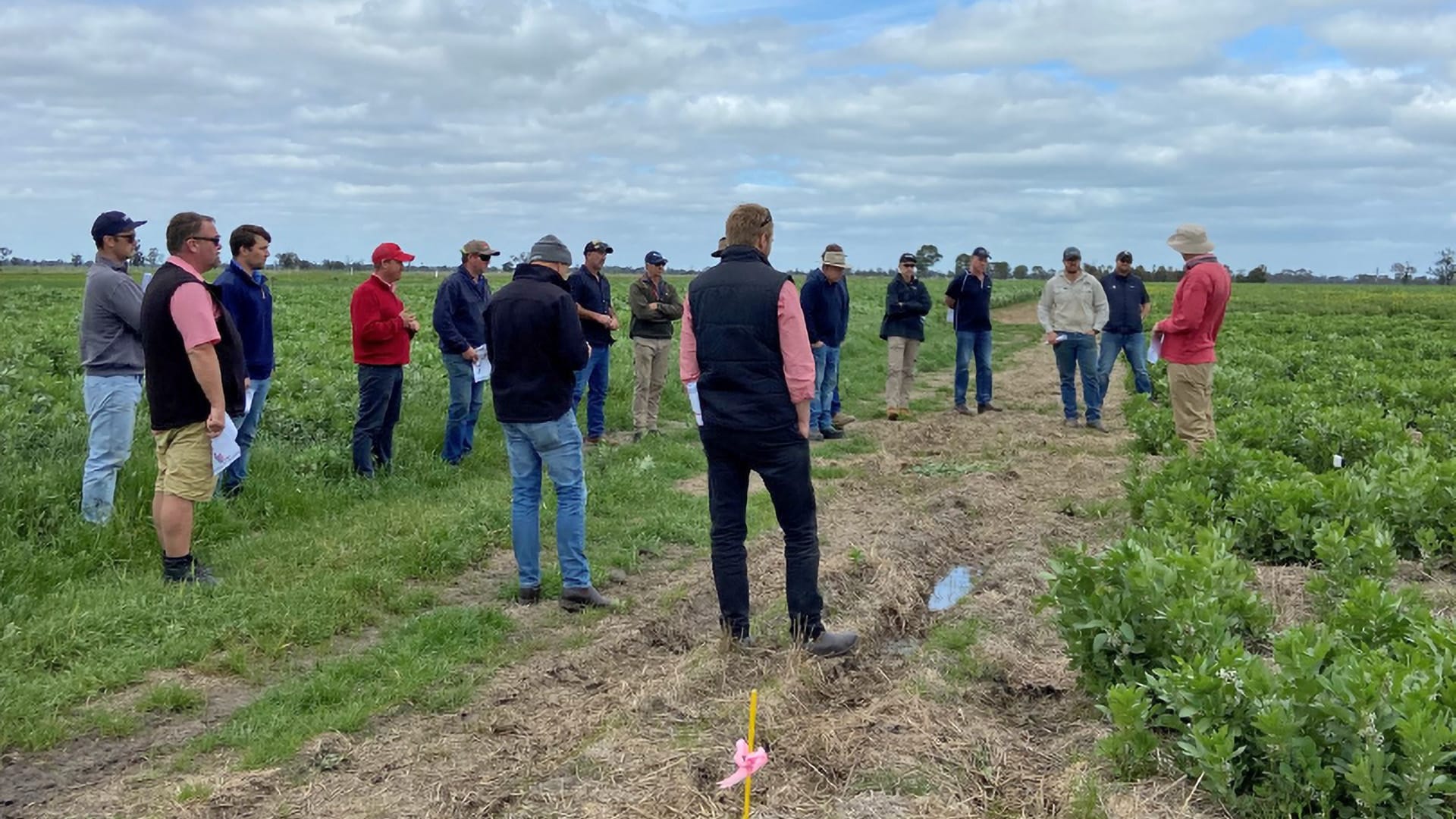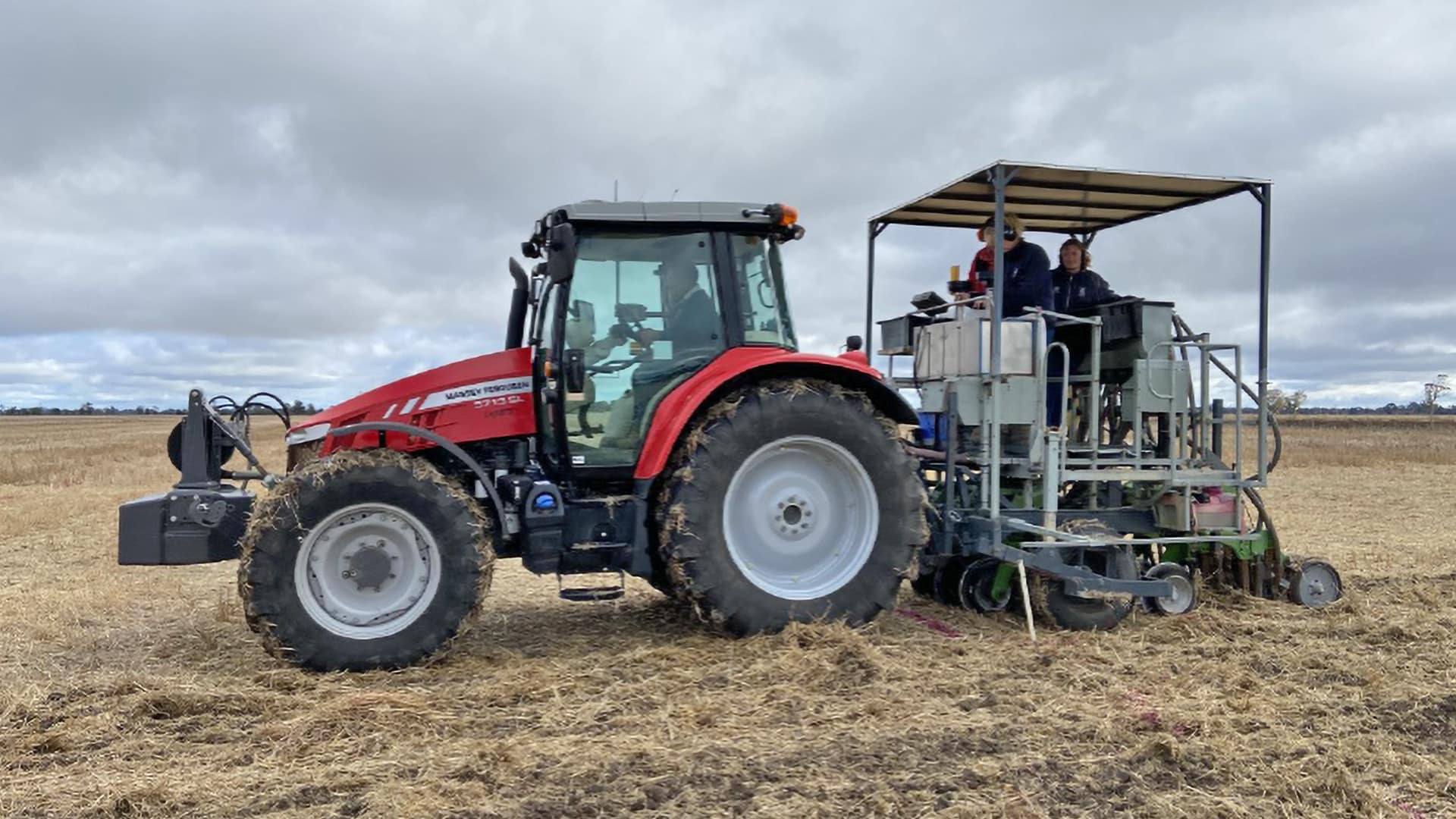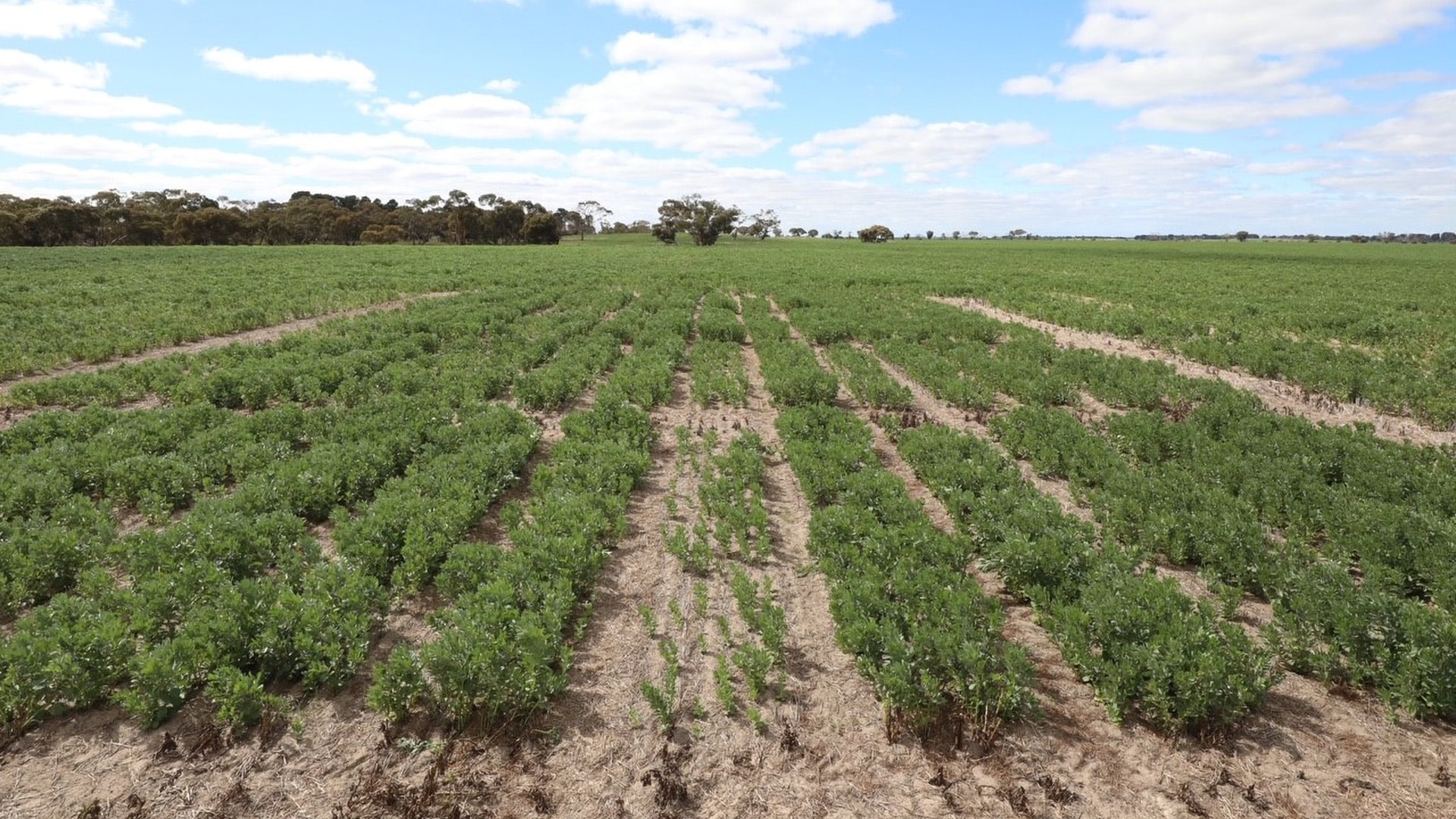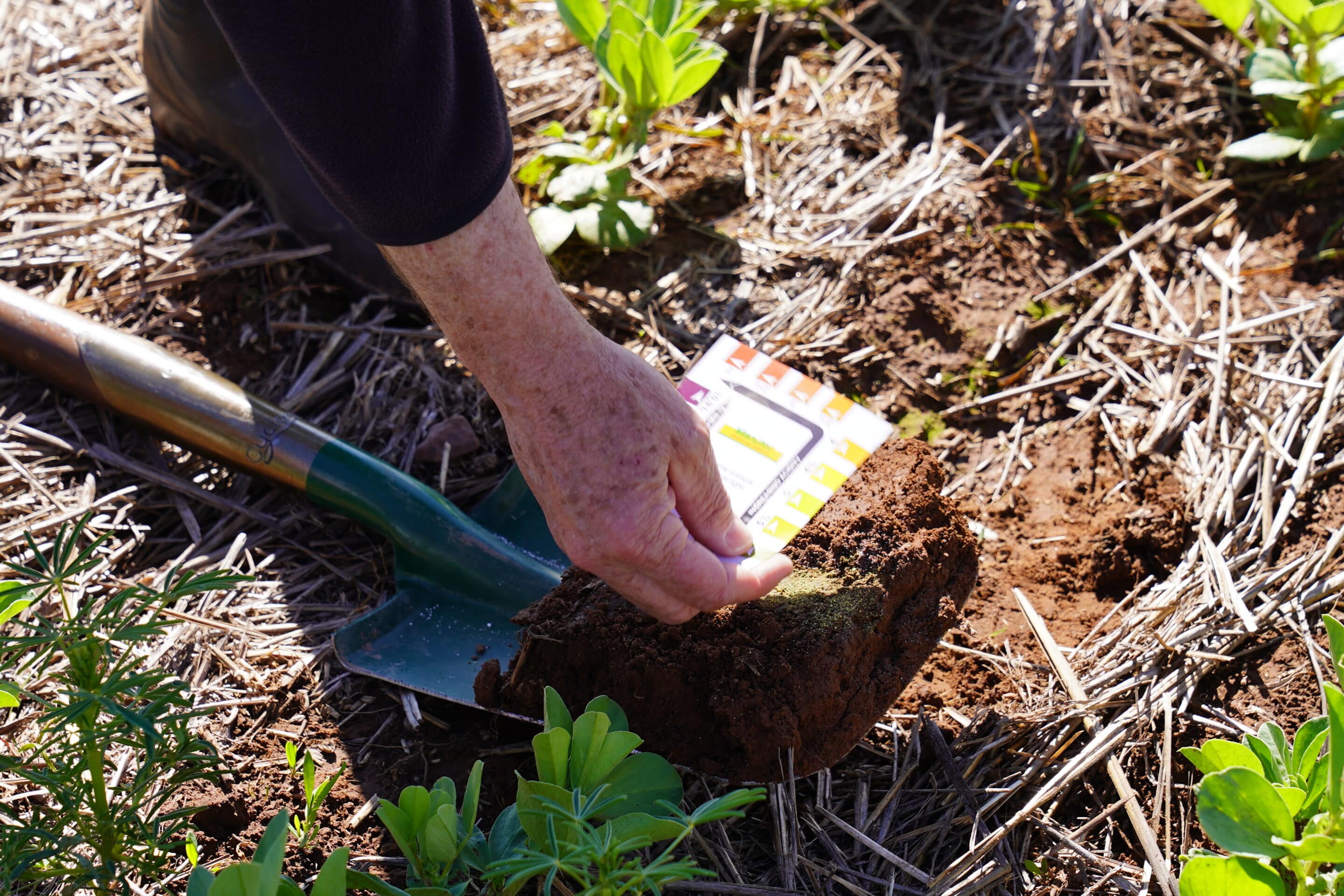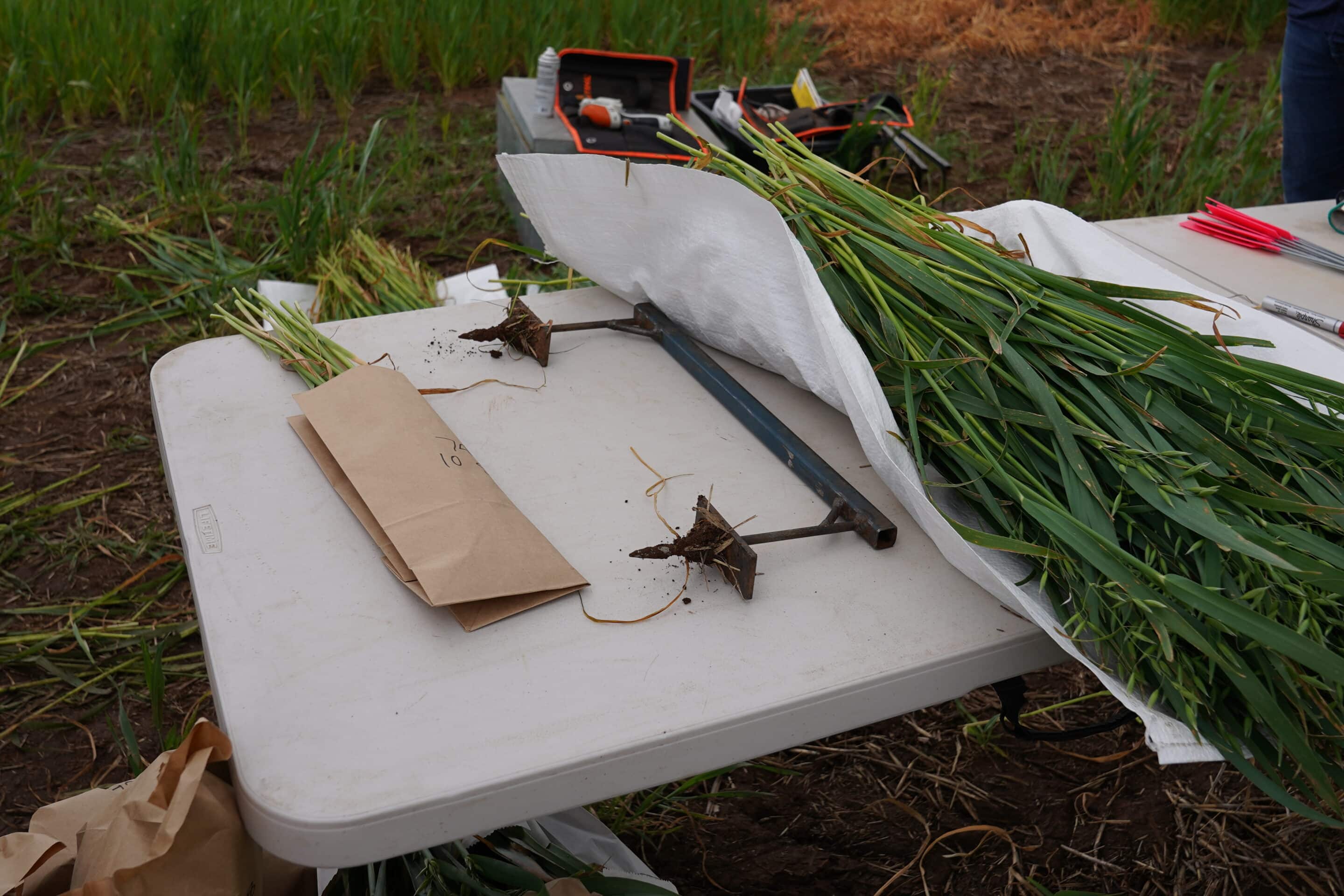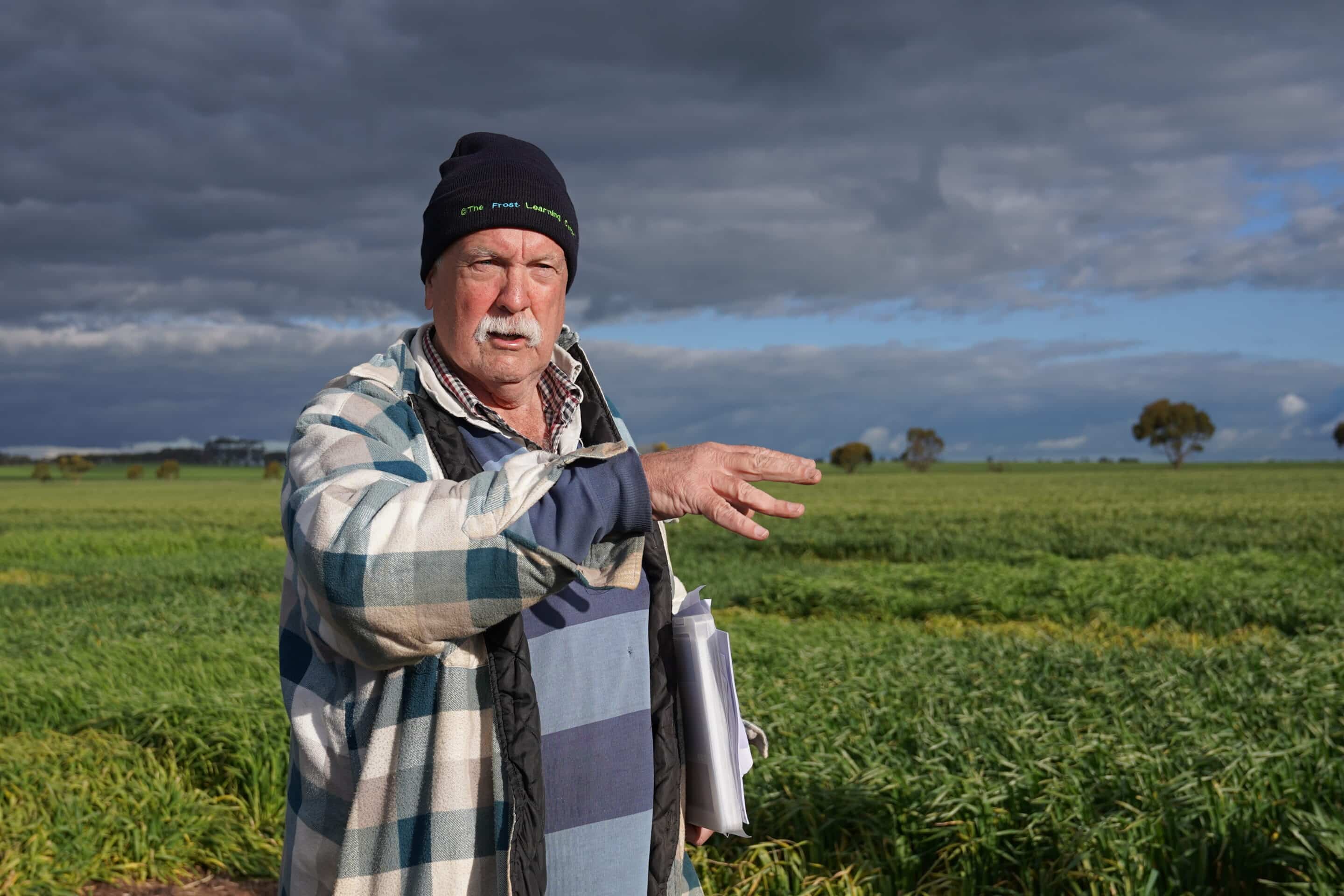START
FINISH
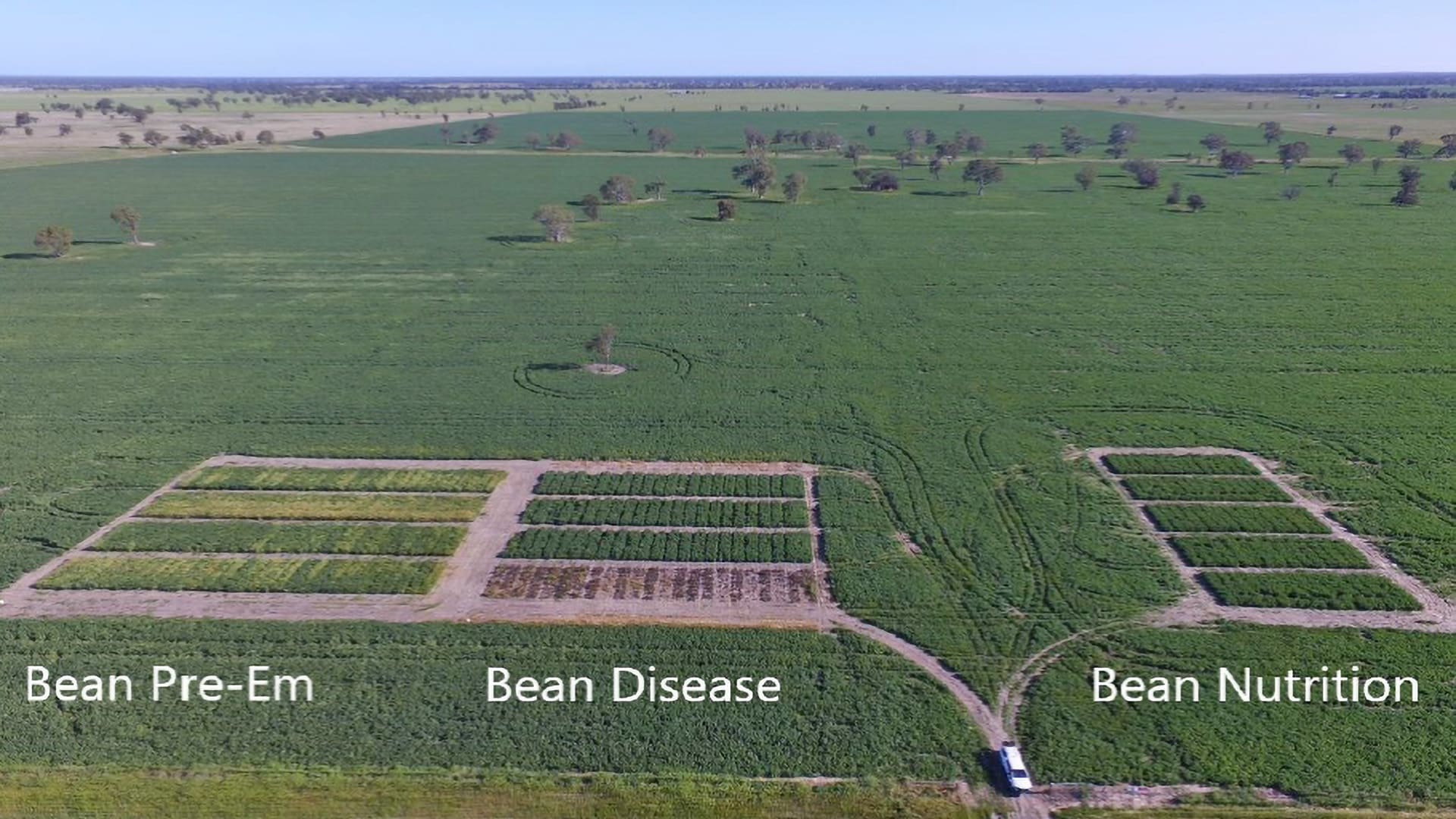
Summary
Faba bean rotations can deliver profitable yields and significant soil nitrogen gains. Applying optimum nutrient inputs to maximise biomass and yield can help maximise the profitability of a faba bean rotation.
Through nutrient omission tests for 11 key nutrients, this project identified P as most significant to faba bean yields on South East soil types. It identified four nutrients where standard tissue test response curves did not suit local conditions and demonstrated the benefits of soil inoculation.
As a result, growers will be better able to identify nutrient requirements and avoid investing in unnecessary fertiliser inputs.
Background
Faba beans are an important rotational pulse crop in the South East, delivering profitable grain yields and returning nitrogen to the soil through fixation of atmospheric N and the breakdown of stubble.
Subject to seasonal conditions, comprehensive nutrition is essential for maximising crop biomass, grain yield and grain protein. However there has been limited data on optimum nutrient inputs for soil types in the region.
Research Aims
The core objectives of the project were to:
- Explore and quantify nutrient responses in faba bean in typical soils in the South East.
- Measure the impact of inoculation on faba bean yield and biomass.
- Determine the net nitrogen benefit from the breakdown of faba bean stubble.
In The Field
Identical trial sites were established in 2021 at Sherwood and Frances, each consisting of 52 plots arranged in four rows of 13 columns. Each column formed a full replicate block of 13 treatments, which were randomised and included treatments missing each of eleven key nutritional elements.
The Sherwood trial site was established on undeveloped sand over clay soil, while the Frances site was on heavy loam over brown clay soil.
The project required achieving maximum yield potential at both sites, in order to observe the nutrient responses.
Sites were selected in optimal but typical parts of the paddocks. Unfortunately, the Sherwood site had to be relocated to an area where a layer of non-wetting sand caused uneven germination. This was overcome by scoring each plot for the effect on establishment and overlaying this data on the final results.
Seasonal rainfall was below average at both sites throughout May. Decile 7-8 rainfall in July caused some waterlogging and both sites experienced severe frost on 15 September and 11 October.
Results
Plots were assessed in-season with tissue tests collected in late August, dry matter cuts at peak biomass, NDVI and NDRE image analysis using a drone. The plots were then harvested and grain tested for a complete nutritional analysis.
These tissue test results were compared to a standard faba bean tissue test evaluation table from Reuter Robinson. Despite faba beans generally testing low for calcium, magnesium, boron, zinc, copper, manganese and molybdenum, results from the trial sites indicated no yield response to calcium, potassium or boron, suggesting the tissue test response curves need to be updated.
Phosphorus caused the largest response in grain yield. Yield responses to molybdenum were significant at Sherwood. There was also a significant economic response to inoculation at Sherwood, but no yield response.
None of the treatments had any effect on grain protein.
At Sherwood, post-harvest stubble C:N ratios were taken from inoculated and un-inoculated plots, with stubble biomass, to determine any net increase in N mineralisation. Inoculation can be expected to deliver an increase in N mineralisation of up to 31kg/ha over non-inoculation and the measured increase detected on the inoculated lots was significant.
Comprehensive results are published in the project Final Report.
Project Participants
Elders: Adam Hancock
SARDI Struan Agronomy Team: Amanda Pearse (Team Leader)
The Problem
To maximise the benefits of faba bean rotations, growers in the South East would benefit from nutrient guidance specific to local soil conditions.
The research
Nutrient omission tests were conducted for 11 key nutrients on two typical South East soil types, to establish critical nutrients and nutrient levels.
More information
Adam Hancock, Elders Rural Services
T: 0427 475 254
E: [email protected]
Value for Growers
This project has demonstrated the value of inoculating faba beans to maximise residual N mineralisation.
The project also validated the value and reliability of tissue testing, and led to suggested adjustments to the standard tissue test response curves for calcium, boron, manganese and zinc that are more appropriate for soil conditions in the South East.
This will help increase confidence in tissue testing and help reduce grower expenditure on nutrients that aren’t actually required.
These results have led to a revised and amplified research project supported by the GRDC, with an expanded treatment list at four sites around the South East, to capture all soil types around the region.

